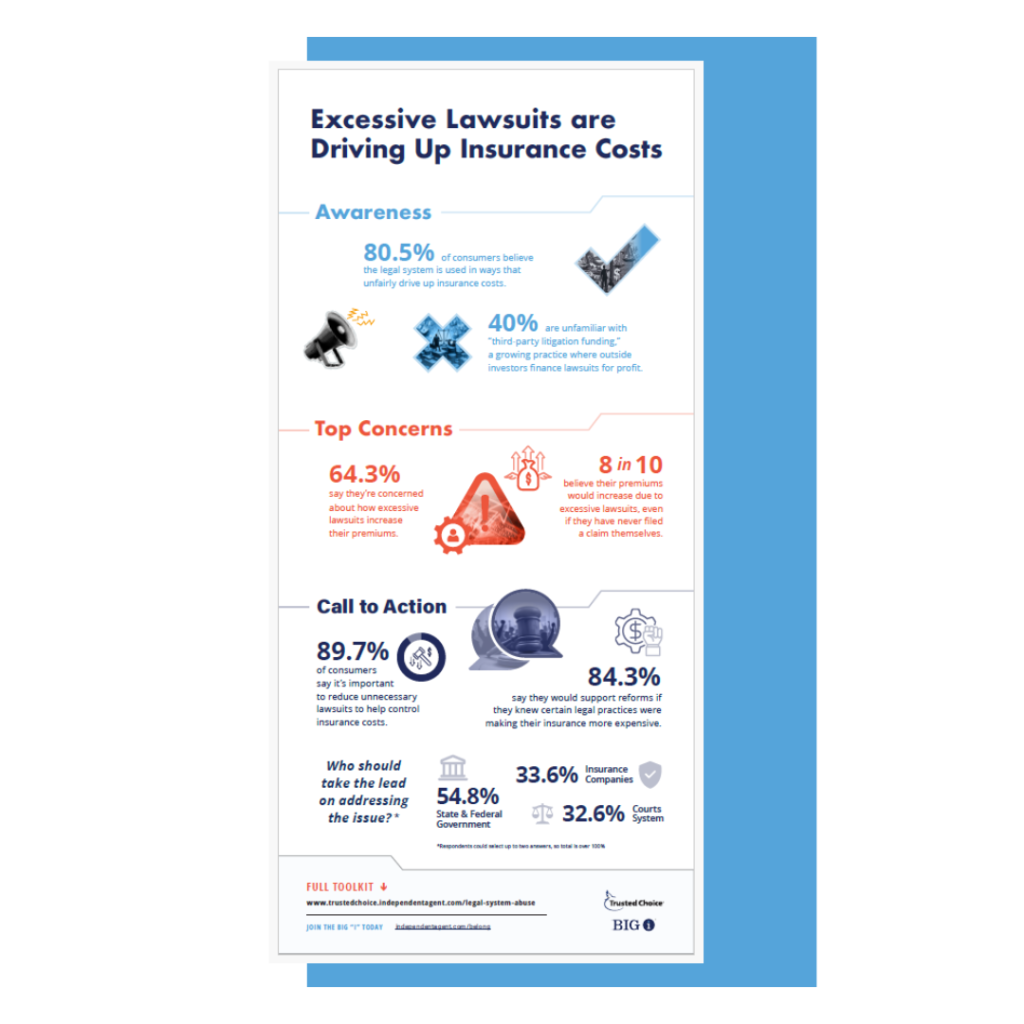E&O and Policy Changes
Making mid-term policy changes is a normal part of the insurance agency business. In fact, it is so routine that there is a danger of making ordinary, perfunctory policy changes without considering the potential E&O exposure. In particular, there is a big E&O risk when making policy changes based on information or instructions (or lack of information or instructions) from third parties.
Author: Mike Edwards Making mid-term policy changes is a normal part of the insurance agency business. In fact, it is so routine that there is a danger of making ordinary, perfunctory policy changes without considering the potential E&O exposure. In particular, there is a big E&O risk when making policy changes based on information or instructions (or lack of information or instructions) from third parties. Making mid-term policy changes is a normal part of the insurance agency business. In fact, it is so routine that there is a danger of making ordinary, perfunctory policy changes without considering the potential E&O exposure. In particular, there is a big E&O risk when making policy changes based on information or instructions (or lack of information or instructions) from third parties. The two E&O cases below illustrate the hazards of not verifying with insureds information or instructions which are received from third parties. Actual case #1A car dealer calls the agency to report that an insured of the agency is in his office, and in the process of trading cars. The car dealer has the insured’s auto ID card, with the correct policy number. In addition, the agency person can hear the insured talking in the background, so there is no reason to doubt the legitimacy of the call. The agency takes the necessary information on the new car. The car dealer also informs the agency that the insured is trading in his older car. Based on that, the agency also deletes the older car from the insured’s auto policy. Several days later, the insured calls the agency to report a serious accident involving the older car. It seems that during last minute negotiations with the car dealer, the insured decided against trading the older car, opting instead to sell it himself. The agency had not yet sent the insured a copy of the Change Endorsement, and the insured denies instructing the agency to delete the older car. Recommendation: Actual case #2An insured calls the agency to report receiving a very expensive diamond bracelet for her anniversary. The agency informs the insured that the insurer requires an appraisal in order to schedule the jewelry. The insured states that she will call the jeweler and have them contact the agency. Three months later, the insured calls to report that the bracelet was stolen in a burglary. As it turns out, the jeweler never contacted the agency. Also, the agency did not suspense the item, nor do any follow up, and the CSR that originally handled the call has since left the agency. The agency manager did, however, find an entry in the insured’s data base logging in the original call, so there is no doubt that the insured called the agency. Recommendation: Next, any pending transactions such as this must be entered into suspense, and followed up on in a timely manner. Lastly, it might have been wise to advise the insured to have the jeweler send the appraisal directly to her, and she could then forward it to the agency. One advantage of this approach is that the insured would certainly know whether or not the appraisal had been done by the jeweler. |









